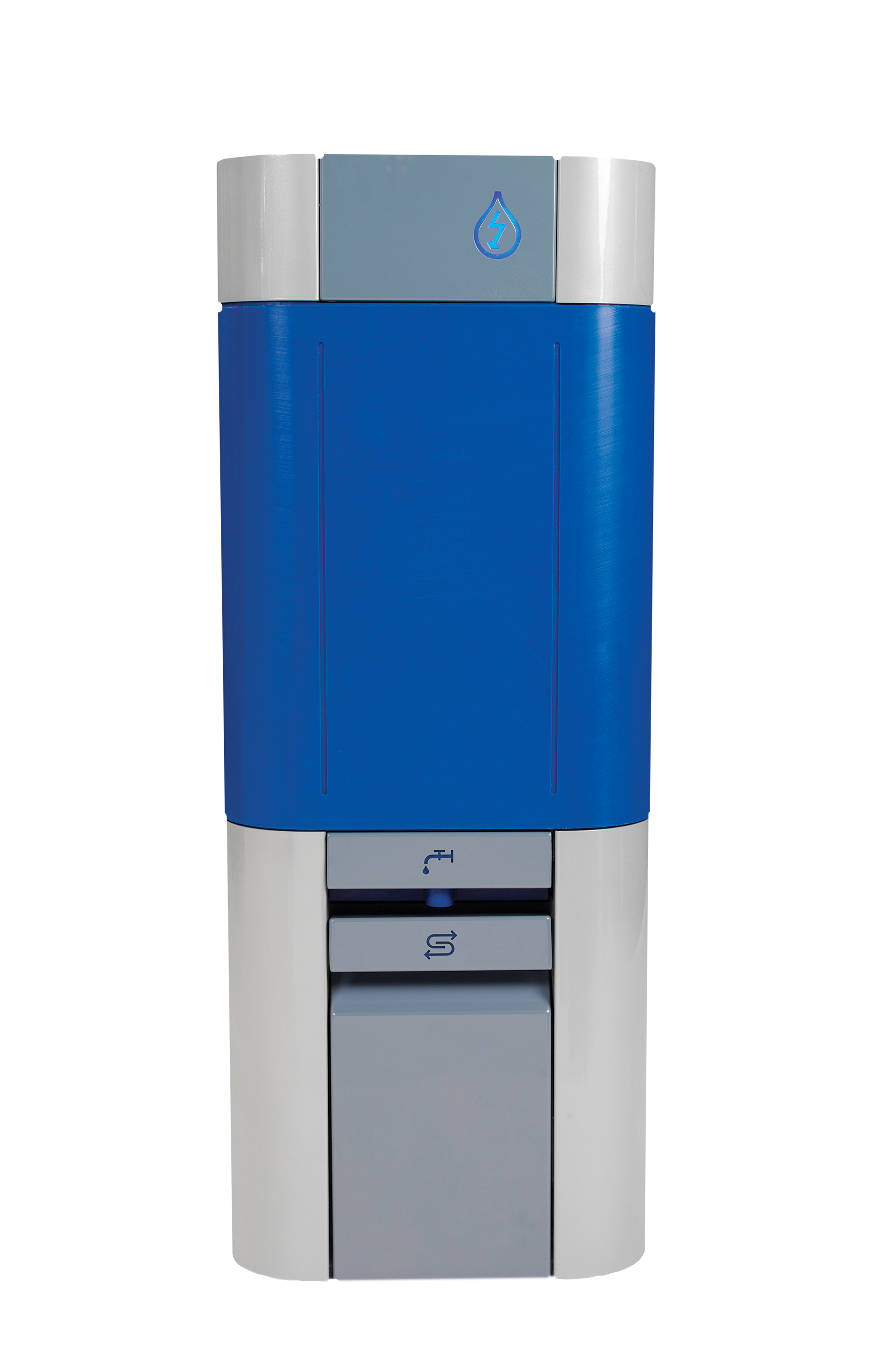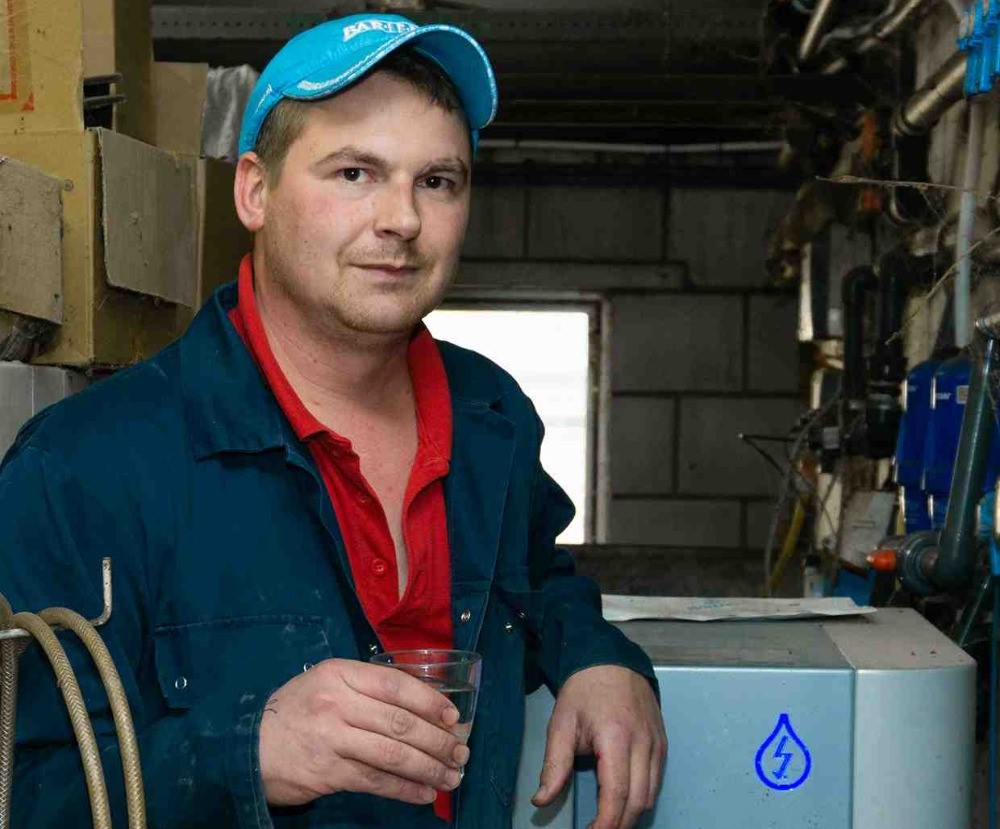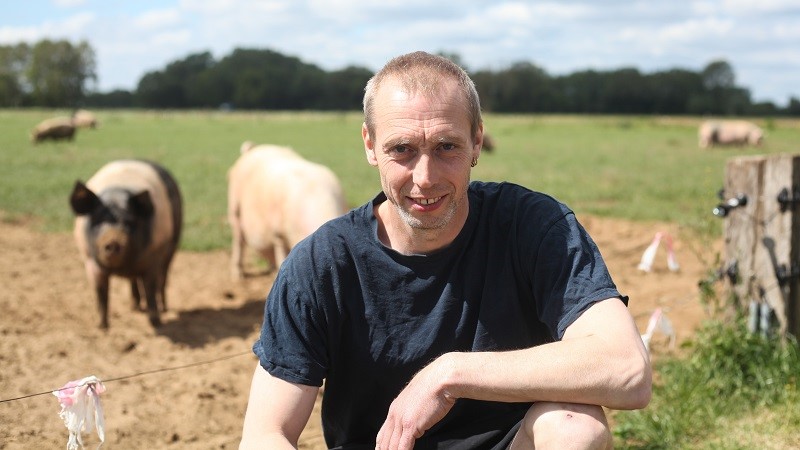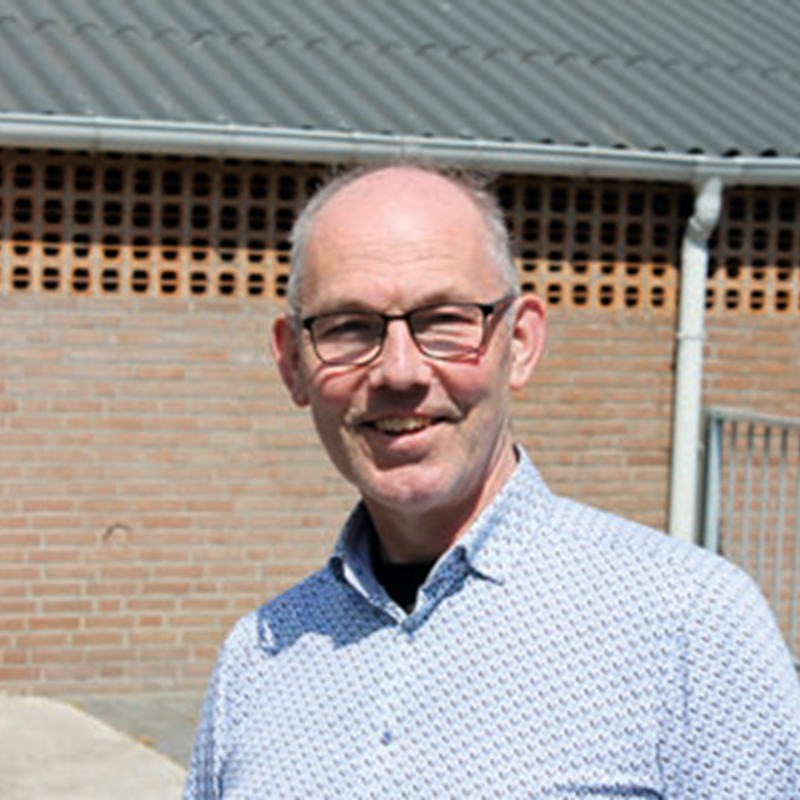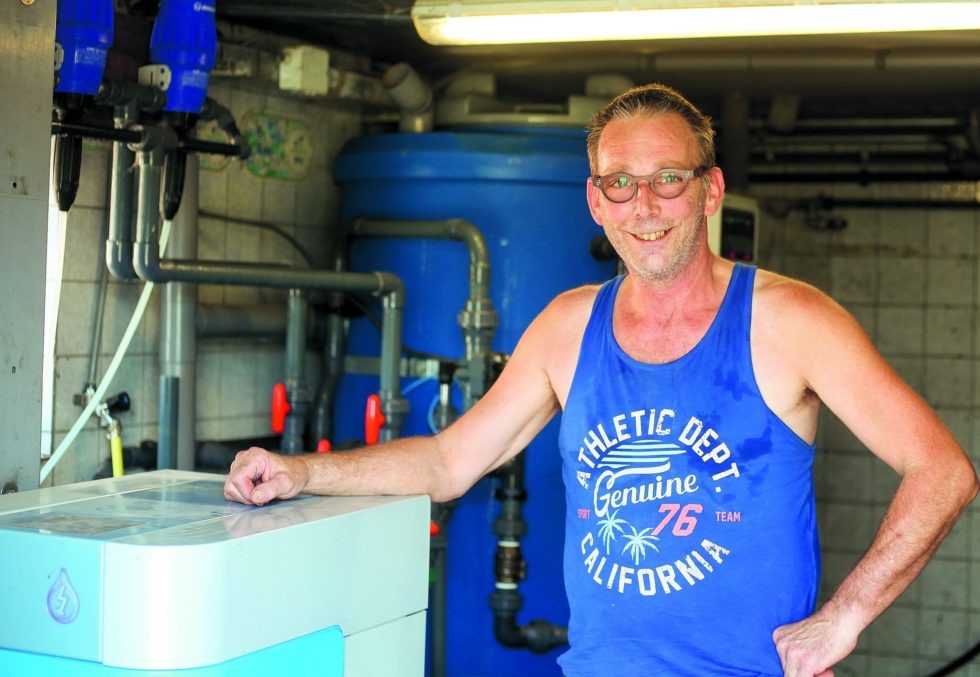Clean drinking water for pigs
Certainty about the drinking water for your sows, piglets and fattening pigs
Are you sure that the water your pigs are drinking is of optimal quality? Drinking water and biofilm are often the basis for unexplained outbreaks of, for example, E. coli, Salmonella and PIA. In addition, clean water is the basis for good feed intake, growth and the prevention of unnecessary loss.
Watter has been the expert in drinking water on pig farms for more than ten years. We are the only company in the Netherlands to offer a structural solution for clean water up to and including the nipple, without having to use expensive and toxic additives such as acid, hydrogen peroxide or chlorine (dioxide).
Ensure yourself of safe and 100% clean drinking water with the guarantee from Watter. Let us inform you about the benefits for your company.
Frequently asked questions
Pigs are also known as omnivores, which is why many questions arise not only about food, but also about drinking. Therefore, to share the knowledge with you, here are frequently asked questions about pigs and pigs' drinking water.
- Does clean water flow from my nipples?
- Why doesn't tap water or a good source offer rekerness?
- Which means: you don't have to be sick to get better?
- How do I remove biofilm?
- How does contaminated water ruin feed intake?
- Is tap water better or spring water?
- Are chemicals safe for animals?
- What are the known bacteria for water?
Answers to questions on drinking water for pigs
1. Does clean water flow from my nipples?
Your pigs drink from the nipple. The water should therefore be clean at that spot. Have you ever taken water samples at the place where the animals drink? Then take a good look at the results: the drinking water is approved if it contains less than 10,000 bacteria per millilitre, but that is not necessarily clean. If a large proportion of these are pathogens, such as E. coli or Salmonella, this is a real drain on health.
2. Why does tap water or a good source not provide security?
Clean water flowing into your farm still has a long way to go until it reaches your animals. Think buffer and break tanks, high temperatures, pressure differentials and additives such as drugs and minerals. These promote biofilm growth in even the best water. Only the quality of the water at the watering place matters.
3. Which means: you don't have to be sick to get better?
Even a healthy pig suffers from contaminated water. The germs in the water are foreign to the body and have to be cleared by the animal's immune system. This costs an unnecessary amount of energy. Energy that the animal has to get from the feed and thus does not use for growth.
4. How do I remove biofilm?
Biofilm is a slime layer of bacteria, fungi and nutrients that builds up in pipes. To remove biofilm properly, it is necessary to eliminate the micro-organisms. With Watter, you can be sure that biofilm will be safely eliminated from your pipes and prevented from rebuilding. Flushing pipes will only move the problem and using chemicals can negatively affect the health of your animals.
5. How does contaminated water ruin feed intake?
A large part of your costs and labour is in the animals' feed. However, drinking water accounts for twice as much of the ration. Clean water ensures that feed is better utilised and at the same time energy is not wasted on the immune system.
6. Is tap water better or spring water?
The choice of well water is often a financial one, but how cost-effective is it? The savings are often negated by excess iron, manganese or methane and the necessary purchase of a de-ironer, aerator, etc. Importantly, what matters is not the origin of the water, but the quality in the trough. Water quality deteriorates quickly in the barn. Even with tap water.
7. Are chemicals safe for animals?
Chemicals are not always safe for humans and animals and do not properly address biofilm. By using the Watter system, you can continuously keep the water clean. This benefits water quality, safety and your wallet!
8. What are the known bacteria for water?
Pathogens that can be in the water include E. coli, Salmonella and Legionella. With the Watter system, you achieve perfect water quality. As a result, you guarantee the absence of these germs!
Experiences of other pig farmers who have purchased the Watter system.
Want to read all the information at your leisure?
Download our brochure
Would you like to know more about what the Watter system can do for you? Request our free brochure and read all the information at your leisure at a time that suits you.




